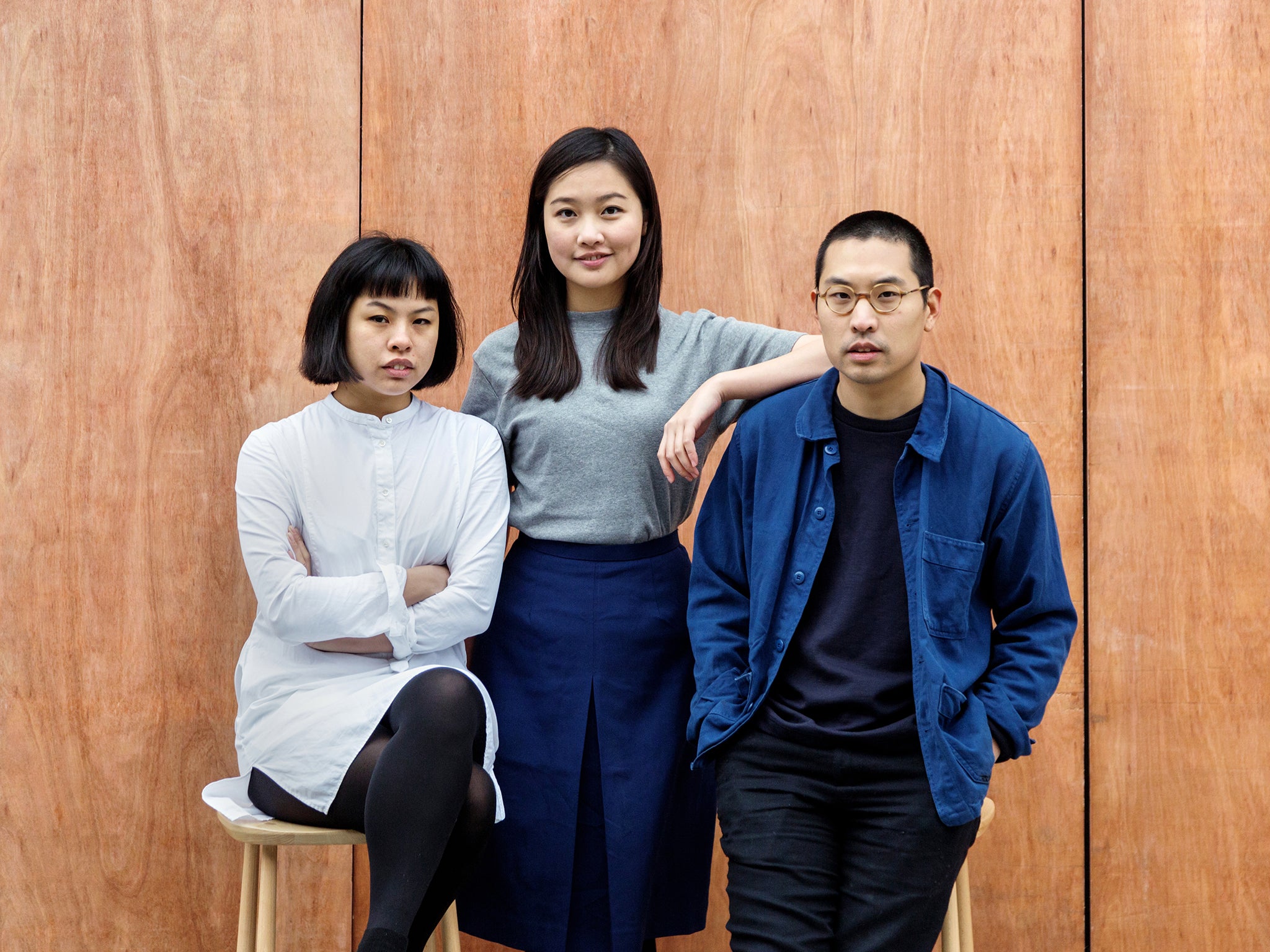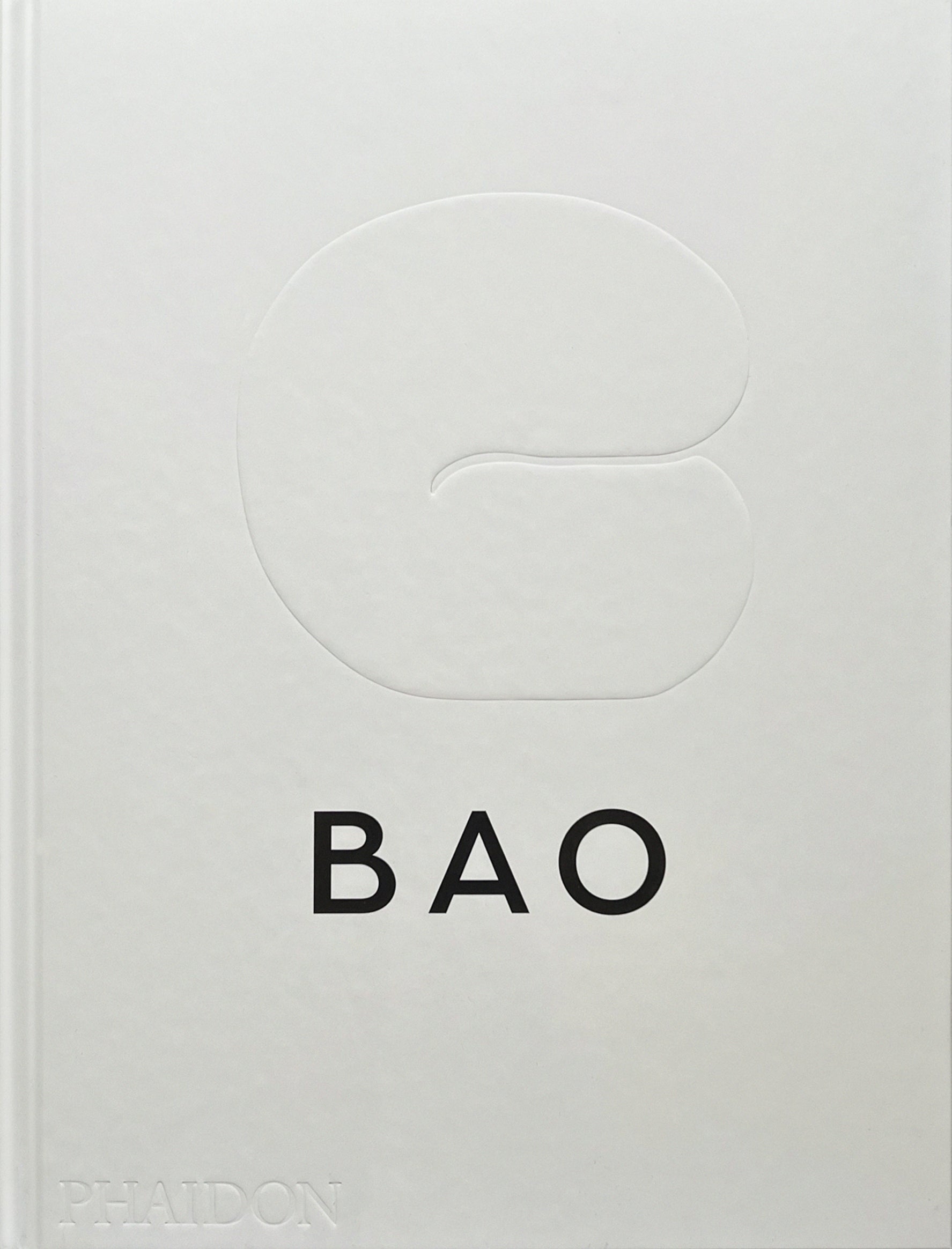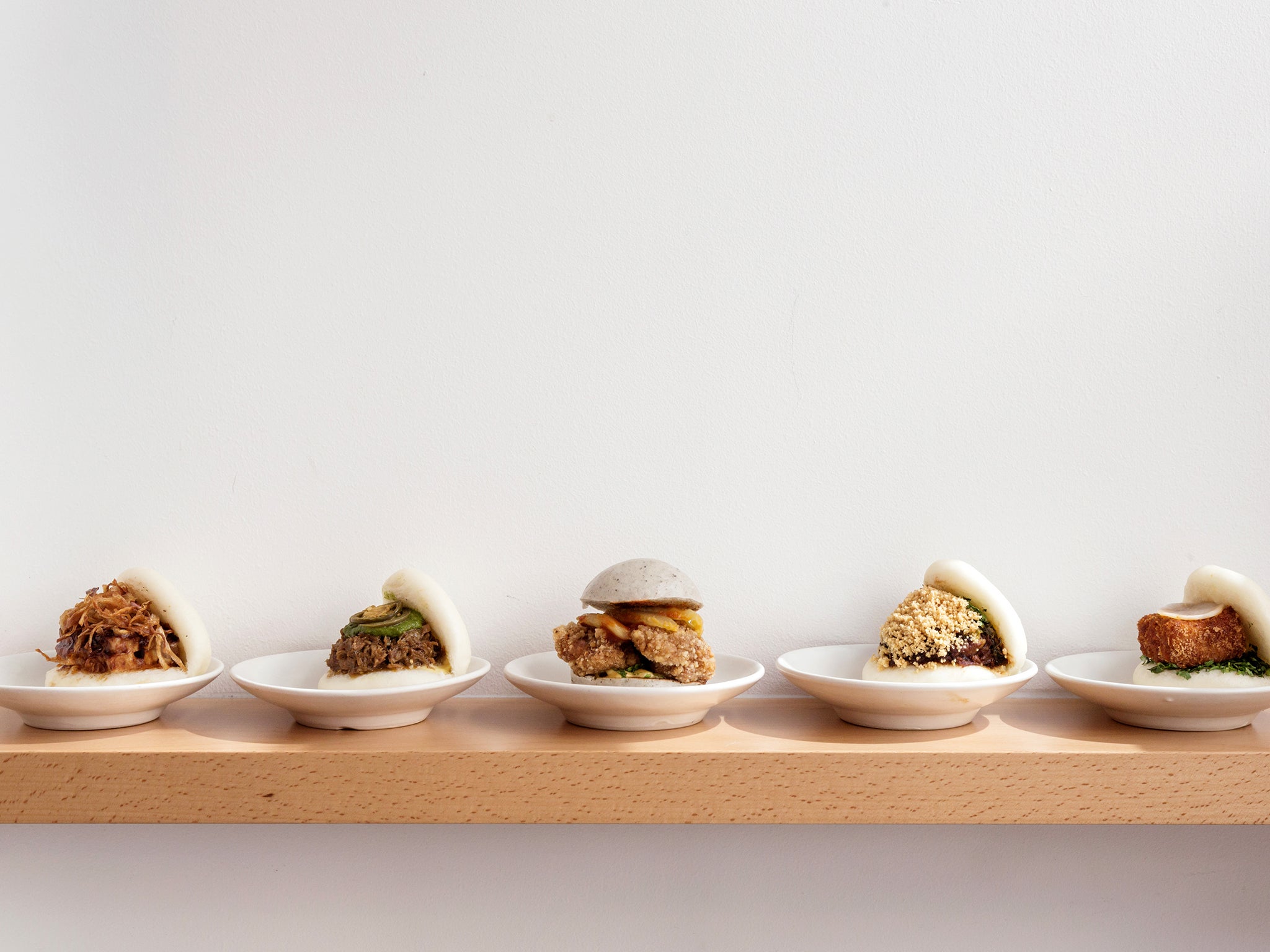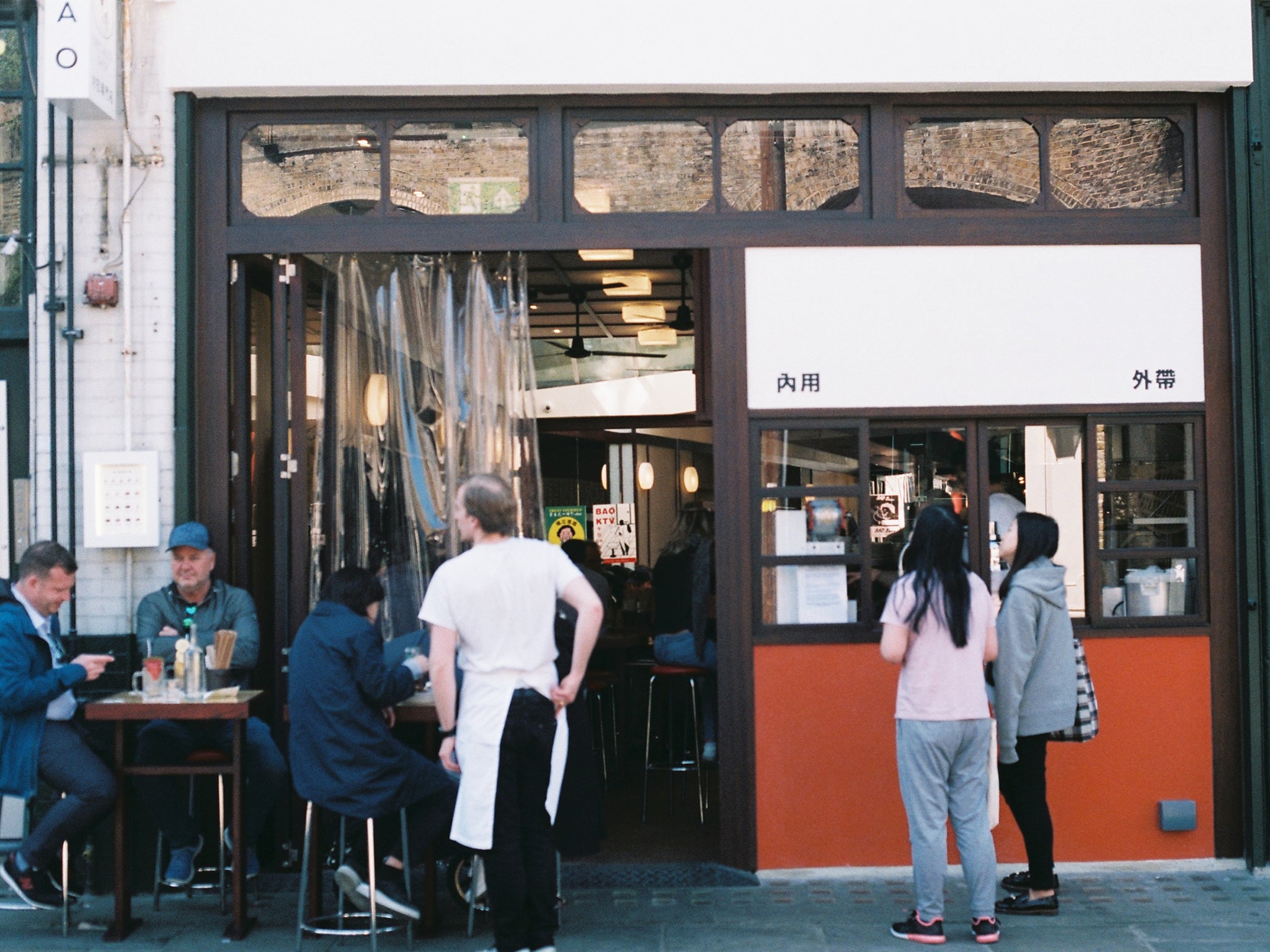BAO’s debut cookbook reveals their deepest, darkest cooking secrets
After building a five-restaurant-strong empire and keeping their recipes under lock and key for a decade, the founders of BAO have revealed all in their debut cookbook. They chat to Kate Ng about their rise to the top


Your support helps us to tell the story
From reproductive rights to climate change to Big Tech, The Independent is on the ground when the story is developing. Whether it's investigating the financials of Elon Musk's pro-Trump PAC or producing our latest documentary, 'The A Word', which shines a light on the American women fighting for reproductive rights, we know how important it is to parse out the facts from the messaging.
At such a critical moment in US history, we need reporters on the ground. Your donation allows us to keep sending journalists to speak to both sides of the story.
The Independent is trusted by Americans across the entire political spectrum. And unlike many other quality news outlets, we choose not to lock Americans out of our reporting and analysis with paywalls. We believe quality journalism should be available to everyone, paid for by those who can afford it.
Your support makes all the difference.Before there were bao, there was BAO. Well, that’s not strictly true – bao has existed in Chinese culture for centuries. But in London, the proliferation of this fluffy steamed bun in London can largely be traced back to BAO, which began life as a street food stand in 2012. Today, founders Erchen Chang, Shing Tat Chung and Wai Ting Chung operate a small empire of Taiwanese small plates, expanding beyond bao to rice, noodles and various sharing dishes.
The trio, consisting of married couple Erchen Chang and Shing Tat Chung, and Shing’s sister, Wai Ting Chung, run three small, but perfectly formed restaurants in Soho, Borough Market and King’s Cross. Each one is designed with specific customers and a story in mind – whether it’s their emblematic “lonely man”, a single diner who just wants a quiet meal, or the busy commuter looking for a quick bite on his way home.
As a result, all of BAO’s spaces are warm and welcoming, while being supremely aesthetically pleasing. Given Erchen’s background in fine arts – she and Shing met at University College London in 2010 while studying the subject – it’s easy to understand how paramount good design is to the brand. But this is all secondary to the food it serves, which has earnt them a cult status even beyond London. So devoted are their fans that some get tattoos of Erchen’s illustrations for the restaurants; one pregnant woman whose water burst in BAO Soho even insisted on finishing her bowl of guinea fowl rice.
Erchen, Shing and Wai Ting tell all these stories and more in their first ever cookbook, BAO. The tome goes into intricate detail about why design is such an important part of the restaurant group. It also includes recipes for nearly every dish that appears on their menus – including how to make their signature fluffy baos. There’s no room for secrets in the BAO-verse, it seems.

We sat down with Erchen and Shing to talk about their (fluffy, steamy) rise to the top.
Shing, you grew up in your family’s restaurant. What was that like?
Shing: Yes, my grandparents came to the UK from Hong Kong and my granddad started as a potwasher here and worked his way up. He ended up in Nottingham where he became part of a restaurant. My mum, my uncles, my auntie, they were all in the business. So I grew up surrounded by that and I would live upstairs from the takeaway. It’s been my life from pretty much day one.
Erchen, what was your childhood like?
Erchen: I didn’t come from a restaurant background, so my experience is very different. But I grew up eating very well in Taiwan and food was always something I enjoyed. A lot of my family would comment that I eat really well or I’m always the last person to leave the dining table, or that I’m the one finishing the food. I think that’s what brought us together, because when we were in university, we just loved eating out or cooking, and that’s kind of where it started before it started.
After you graduated from University College London, how did you come to the decision to open a restaurant?
Shing: After graduation, one of the things on our to-do list was to go back to Taiwan. Erchen had been studying here for quite a while, so we said, let’s go back to Taiwan for a longer period of time than just a holiday. My sister joined us as well. So all three of us were there, and food is so ingrained in our lives that we had planned to go to Taiwan just for food.
We travelled around Taiwan, eating street food and at restaurants we wanted to go to, and it was so completely new to Wai Ting and I at the time, especially having lived in London. We had the classic gua bao, and it blew us away, we had tasted nothing like it.
We’re really proud that Taiwanese food is now so popular in London and we’ve been a part of inspiring and feeding people
It’s weird to think of it now, because it’s so normal to us and to London, but when we first tried serving it in London, most people were like, “What is this?” So that classic gua bao is really what connected all three of us and it kickstarted that conversation. I think also, subconsciously, because I’d grown up in restaurants – even though my parents always wanted me not to work in the business – I always dreamed about them.
Erchen: Throughout university, we always enjoyed trying to crack certain dishes we’d eaten out at home, so when we came back from Taiwan, we said, “OK, let’s try doing the bao”. We tried different recipes, like an old-school one or a really instant one, and then landed on this hybrid that uses tangzhou starter inside our dough. The reaction was, “Oh my god, it’s so nice and fluffy!” and we figured we could do a bao pop-up, which is where it all kicked off. It was a very exciting time, where we were a completely blank canvas and could imagine and build this thing that we didn’t know at the time would become our future.
In the years since BAO opened, bao has become really trendy. How do you feel about that?
Shing: We’re quite proud, in a way. It’s funny because there are other, similar brands popping up all over the world doing the same thing – even down to the logo! But it’s just a little bit off. Half of you is a bit annoyed, but the other half is like, you know, we’re doing something so good that it’s being imitated halfway across the world. But we’re really proud that Taiwanese food is now so popular in London and we’ve been a part of inspiring and feeding people.
One of the things we did think about when we first opened was that everyone knew “hirata buns” but at the time no one understood what bao was. We used to get pissed off because we were like, “You do know that Hirata is actually named after a chef in New York?” (The buns were introduced by Masashi Hirata, executive chef of Ippudo restaurant in New York.) And then Wagamama started using the term here.
Erchen: Back in 2013, we’d have to explain that they aren’t called “hirata buns” because that’s named after a chef. We were serving gua bao. So get it right guys!
Is the open-faced nature of gua bao, so that you can see all the fillings on display, something that helps with your aesthetic?
Erchen: I’ve never thought about it that way, but I think it does.

Shing: There’s more to play with and more to perfect. Like the way we perfected the classic bao, how you create the layers and what we call the “bao centimetre”, where you have to make sure there’s a centimetre of bun around the braised pork. It’s harder than it looks! And then when you put it onto the plate, you have to do it a certain way otherwise the peanuts just fall off and it’s messy.
Erchen: Enclosed bao is great too but you also have a little more restriction in terms of what you can put in it. It can’t be too pointy or too hard, and the textures have to be all soft with little variation. So in terms of flavour and food creation, gua bao does have more flexibility.
What’s the process between deciding what goes on the menu and what it ends up looking like?
Erchen: We always like simplicity. The way we talk about dish development is that it needs to hit three pillars: heritage, innovation and produce. It has to either come from a traditional dish or from a good story through travel, and you’ve got to use good produce from the UK or ingredients from Taiwan – for example, sesame paste, you can’t get that specific flavour here.
The last thing is innovation, so it has to be a little bit playful but not too much, just 10 per cent to make it just a bit different but not in your face. In terms of aesthetics, we love simplicity but it has to make sense. For example, with the “bao centimetre”, it gives an impression of being clean around the edges, you know you’re eating this pristine, fluffy, cute bun. If it’s messy with sauce dripping everywhere, it’s not BAO anymore. It has to be practical.
Shing: All of our restaurants have different inspirations and stories, and from there, we think about the dishes and the story we want to tell. Sometimes it’s based on our own stories while travelling. I always remember sitting in a grill skewer place in Osaka and we had no idea what to order, so we just pointed at stuff or looked at Instagram. I read that there was a one-off ovary skewer, and I pointed it out to the chef but he just laughed, which was a bit weird. Then this lonely man came and sat down and had a chu hai (highball) first and then a beer. The chef gave him an ovary skewer and they were chit-chatting, then he came and presented the last one to us. It was such a perfect moment and it inspired our branch in Borough.

What gives our food the BAO touch is that, it’s innovative but it’s not “bling bling bling”. It’s quite humble. It can be a slightly humorous touch, slightly interesting and quite fun, but it’s a small touch. A small happiness.
How do you design your restaurants?
Erchen: While we were creating BAO Soho, our first ever restaurant, it’s so small and only fits 30 people, so we have this bar in the middle so you can watch the bar people making drinks. And we were watching a lot of films by Yasujiro Ozu, and the way he shoots them is from eye level, so with all the plates you can see very clearly how high they are, we were really inspired by that.
We wanted plates that can give you that floating-off-the-table aesthetic. And with Soho, everything is perfect and really cute, but with different iterations of the restaurants, our world would change and we’d be like, “Let’s go, not rock and roll, but let’s go a bit more gritty!”
In Borough, we’re under the bridge, there’s this lonely man leaving work, he’s so tired and wants to go for a drink and a grilled skewer before going home – that vibe, how do we translate it into the venue, what sort of dishes do we serve? That’s where aesthetic feeds in, to give different feelings.
Recipe from ‘BAO’ by Erchen Chang, Shing Tat Chung, Wai Ting Chung (published by Phaidon, £29.95).



Join our commenting forum
Join thought-provoking conversations, follow other Independent readers and see their replies
Comments